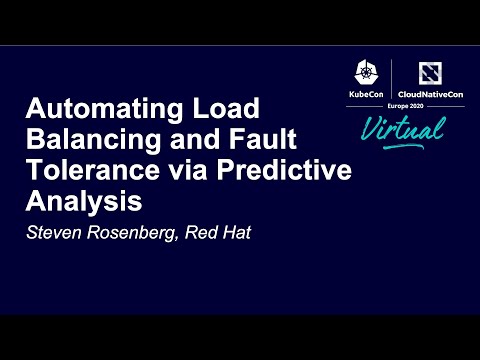Description:
Explore cutting-edge techniques for automating load balancing and fault tolerance in Kubernetes environments through predictive analysis in this 32-minute conference talk. Discover how to leverage historical data to predict application traffic patterns, improve system performance, reduce costs, and enhance reliability in Kubernetes and hybrid cloud deployments. Learn about early migration strategies, load balancing priorities, high availability techniques, and scheduling policies. Dive into various predictive analysis topics, including different techniques, model types, and architectural considerations for implementing predictive analysis in your infrastructure. Gain insights into tracking historical data, collecting relevant information, and ensuring accurate results. Walk through a live demo showcasing the practical application of these concepts, and understand how to use tools like Kubernetes to predict anomalies, analyze application logs, and leverage networking data for more intelligent workload balancing.
Read more

Automating Load Balancing and Fault Tolerance via Predictive Analysis
Add to list
#Conference Talks
#Computer Science
#DevOps
#Kubernetes
#Business
#Strategic Management
#Business Analysis
#Predictive Analytics
#Predictive Analysis
#Software Engineering
#Fault Tolerance
#Software Architecture
#High Availability
#Load Balancing